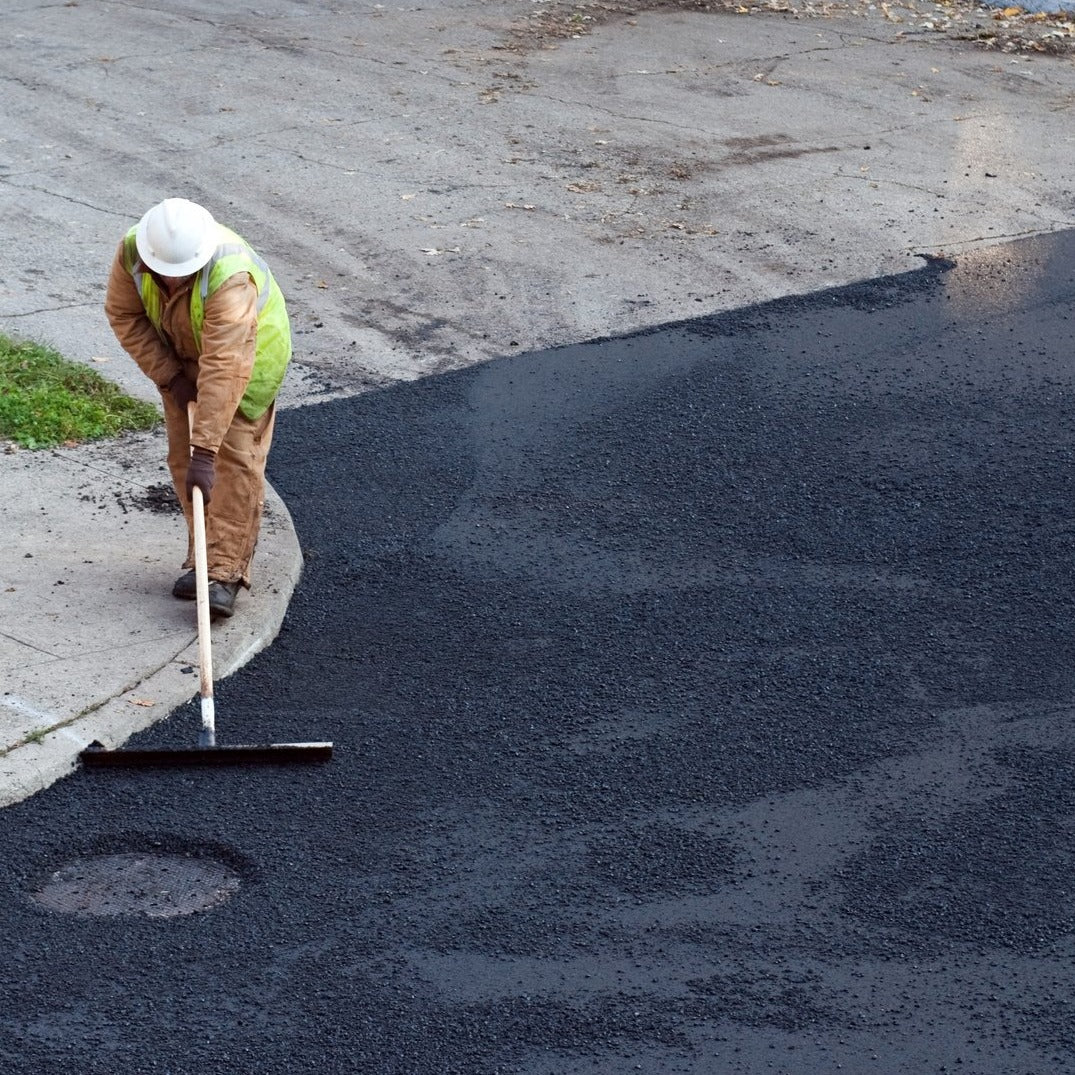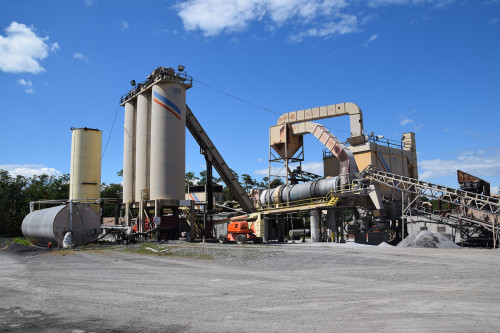Hot Mix Asphalt Paving: Elevating Commercial Parking Lot Criteria
Hot Mix Asphalt Paving: Elevating Commercial Parking Lot Criteria
Blog Article
Opening the Keys of Warm Mix Asphalt Technology
Exploring the depths of hot mix asphalt innovation discovers a world where exact solutions and thorough procedures merge to form our roadways and framework. The blend of accumulations, fillers, and binders isn't just a construction task but a tactical orchestration of toughness and effectiveness. As we peer right into the complex dance of elements, a tapestry of resilience and sustainability unfolds. But what exists under this surface area of asphaltic proficiency, and what tricks wait to be revealed in the realm of leading innovations?
Importance of Warm Mix Asphalt
Warm Mix Asphalt plays a crucial role in contemporary facilities advancement due to its longevity and cost-effectiveness. As the most commonly used paving material for roads, highways, and car parking great deals, Warm Mix Asphalt supplies an array of advantages that add to its importance in construction projects.
The sturdiness of Warm Mix Asphalt comes from its make-up, which consists of accumulations, binder, and filler materials that are carefully selected and mixed to meet specific performance needs. This specific mix causes a solid and versatile pavement that can endure frequent use without substantial wear and tear. Warm Mix Asphalt is 100% recyclable, more improving its sustainability and ecological advantages. On the whole, the value of Warm Mix Asphalt in facilities development can not be understated, as it remains to be a keystone of modern-day building and construction techniques.
Components of Asphalt Mixes
The make-up of asphalt mixes is composed of thoroughly picked aggregates, binder, and filler products that are important for attaining particular efficiency requirements. Accumulations are the primary element of asphalt mixes, offering toughness and stability. These accumulations can be natural, such as gravel or smashed stone, or artificial, like recycled materials from old sidewalks. The binder, usually asphalt or asphalt cement, holds the accumulations together and supplies flexibility and sturdiness to the mix. The selection of the binder is important as it straight influences the mix's performance in various weather. Fillers, such as moisturized lime or Portland concrete, are made use of to enhance the mix's workability and aging resistance. Angled Parking.
The mix and percentage of these components play a considerable function in establishing the quality and performance of the asphalt mix. Engineers very carefully design the mix to satisfy details demands, taking into consideration factors like web traffic quantity, environment problems, and sidewalk life-span. Correct selection and balancing of accumulations, binder, and fillers are important for producing long lasting, resilient asphalt sidewalks.
Combining and Production Methods

As soon as the aggregates are selected, the binder, commonly asphalt concrete, is included in bind the products with each other. The binder's top quality and quantity considerably affect the mix's versatility, stamina, and resistance to environmental elements. Additionally, fillers like hydrated lime or Portland cement may be incorporated to enhance specific characteristics of the asphalt mix, such as its workability or moisture resistance.
Throughout manufacturing, the aggregates and binder are heated, usually between 250-325 ° F(121-163 ° C ), to facilitate blending and make sure appropriate covering of the aggregates. The blending process should be comprehensive to attain an uniform mix that promotes the wanted efficiency qualities of the asphalt. Various strategies, such as batch blending or drum blending, are employed to attain constant see this website and top quality asphalt mixes for construction tasks.
Elements Affecting Asphalt Efficiency
Factors influencing asphalt efficiency incorporate a range of variables that affect the durability, durability, and total top quality of asphalt pavements. One crucial variable is the quality of materials utilized in the asphalt mix.

Ecological conditions likewise affect asphalt performance. Temperature level variations, dampness infiltration, and web traffic lots can all affect the architectural integrity of the sidewalk. Design considerations, such as sidewalk thickness and drain, are essential in making sure the lasting performance of the asphalt sidewalk. By meticulously thinking about these designers, variables and professionals can maximize asphalt performance and enhance the life span of pavements.
Sustainable Practices in Asphalt Technology

In addition, the growth of warm-mix asphalt (WMA) modern technologies has obtained grip in the last few years. WMA permits the manufacturing and positioning of asphalt mixes at reduced temperatures compared to typical hot-mix asphalt, leading to minimized power consumption and greenhouse gas emissions. The use of permeable asphalt mixes can aid alleviate stormwater runoff concerns by enabling water to infiltrate with the pavement and right into the ground, promoting all-natural water filtration and reenergize processes. By applying these sustainable techniques, the asphalt market can add to developing a more ecologically friendly and durable facilities network.
Conclusion
To conclude, hot mix asphalt innovation plays a vital duty in modern-day infrastructure development due to its sturdiness and cost-effectiveness. By meticulously stabilizing see this page parts, using correct blending strategies, and taking into consideration numerous variables, designers can develop high-grade asphalt blends that hold up against rush hour lots and rough climate problems. Accepting sustainable techniques, such as making use of recycled products and warm-mix modern technologies, even more enhances the environmental kindness of asphalt modern technology.
Mixing and production strategies in warm mix asphalt innovation involve the specific mix and have a peek at this website processing of aggregates, binder, and fillers to develop a high-performance and long lasting asphalt mix.Elements affecting asphalt efficiency encompass a range of variables that influence the sturdiness, durability, and general quality of asphalt pavements. Sustainable techniques in asphalt innovation encompass numerous efforts aimed at lowering the ecological effect of asphalt manufacturing and paving processes. By incorporating recovered asphalt pavement (RAP) and recycled asphalt tiles (RAS) into brand-new asphalt mixes, the sector can considerably reduce the usage of raw products and energy, while additionally reducing land fill waste.
WMA enables for the manufacturing and placement of asphalt blends at lower temperatures contrasted to conventional hot-mix asphalt, resulting in lowered energy intake and greenhouse gas emissions.
Report this page